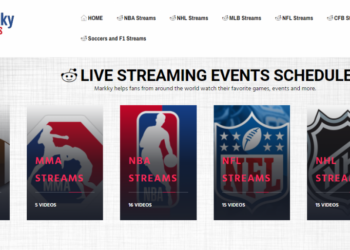In 2022, there are a plethora of applications for doing everything from ordering lunch to hailing a cab. Most businesses catering to consumers have begun working on their apps to boost sales, thanks to their utility and ease of use. The best techniques for introducing new users to a mobile app are the topic of today’s conversation. Any digital onboarding documents can be signed on the go with the help of a mobile app. We imagine some of you are familiar with this term, while others may be completely unaware. Let’s take the first steps toward learning more.
What is Mobile App Onboarding?
App onboarding is a powerful tool businesses use to help customers learn about and get the most out of your app. It’s a guided tour through the app’s features and functions that helps new users get up to speed quickly. A user’s journey through the app’s UI can be considered a sequence of displays.
Below are the Mobile App Onboarding best practices to follow in 2022:
Promote Your Unique Selling Proposition:
One of the most typical blunders made by app creators is to tell consumers how great their app is rather than demonstrating how it may improve their lives. All those fascinating features and outstanding functionality are crucial, but if you want to gain clients long-term, you must demonstrate to your users what they can accomplish with those features. It’s important to remember that every one of your app’s users did so for a specific purpose. Your onboarding process must convince them that the app lives up to its promises. The features of an app are less important than the value they provide to users.
Concise Onboarding Screens:
A user subjected to a lengthy and complicated onboarding procedure can decide not to use your app or look for an alternative. It would help if you didn’t use a lot of text to explain things or throw in a bunch of displays. Use a progressive onboarding strategy and accompanying pictures and illustrations to convey your point. Please note that each screen serves to present a single new function. Users can learn the app’s controls and maneuvers with coach markings. To further increase the appeal of this method, instructions can be embedded, and the entire process can be turned into a game.
Be Specific About What Kind of Data You Need:
For the best possible experience and value, some apps typically require access to data or communications rights. If your app falls into this category, you’ll need to incorporate permission requests to ensure users give you access to their sensitive information. Obtaining these permissions is sometimes necessary, but it’s important not to overwhelm users with access requests immediately. Additionally, explain to the users why you require their data or the permissions you are demanding.
Guide your actions with the use of visual cues:
Instead of holding users’ hands as they navigate your app, you can use incremental visual clues to guide them. You need only strategically position the pointers at points where you think users could get stuck when navigating the program. In this manner, you may avoid boring and repetitive instructions while freeing up the users’ time to focus on utilizing the software.
Supply Only Contextual Guidance:
Putting the user to work immediately poses a difficult usability challenge; thus, it’s important to avoid offering lengthy training at the outset. Users, in this case, will need to read everything and try to memorize everything. Users may choose to continue through the entire tutorial, but they have a low chance of remembering it all because of the limitations of the human short-term memory. Keep in mind that users aren’t signing up so they can learn how your app works; instead, they’re doing it because they want to receive the benefits your app advertises. You can better assist them at each trip step by providing instructions based on the user’s current context.
Conclusion
It’s vital to bear in mind that the goal of the onboarding process is to ease the user into using the app, not to frustrate them. Every step of the onboarding process should be smooth sailing, and the user should be eager to get to the core of the training before giving up.






